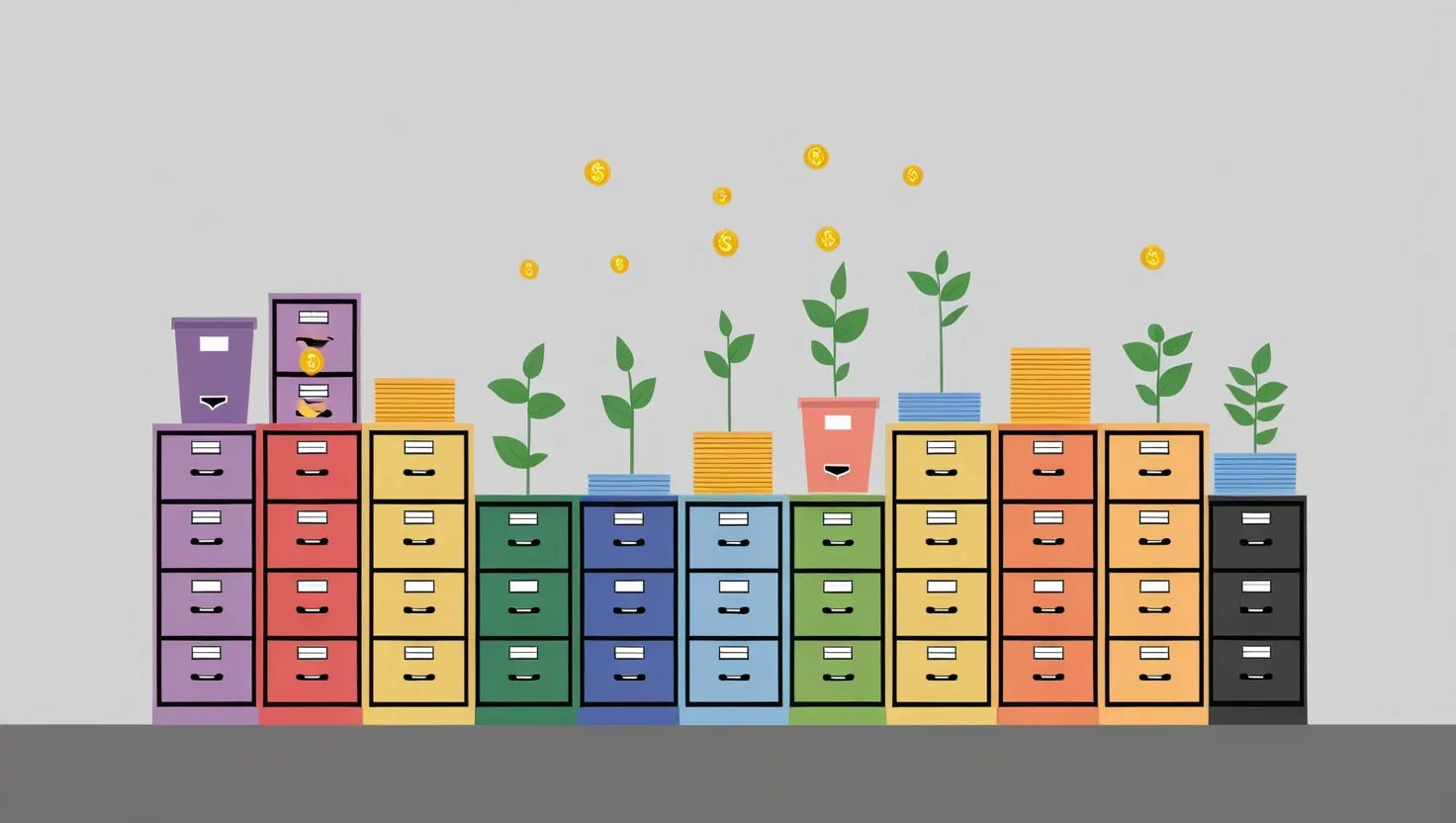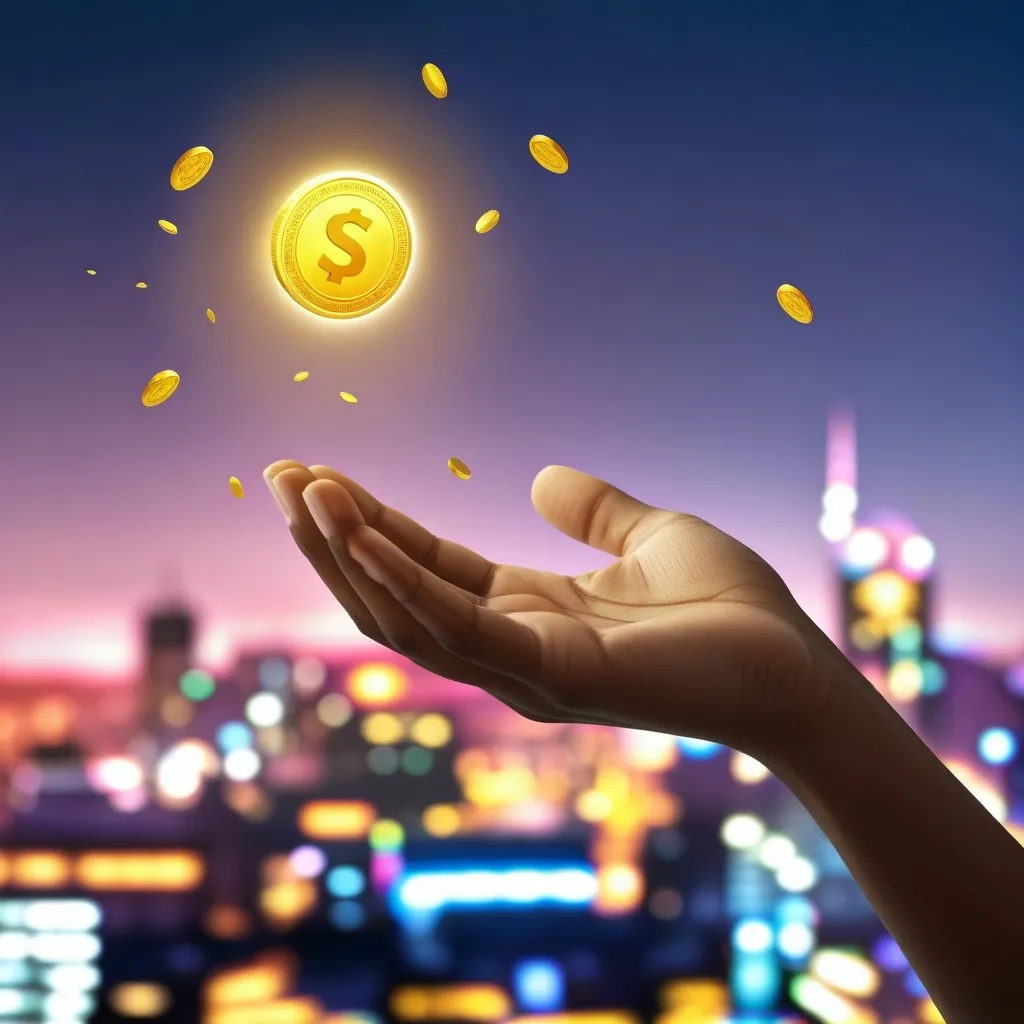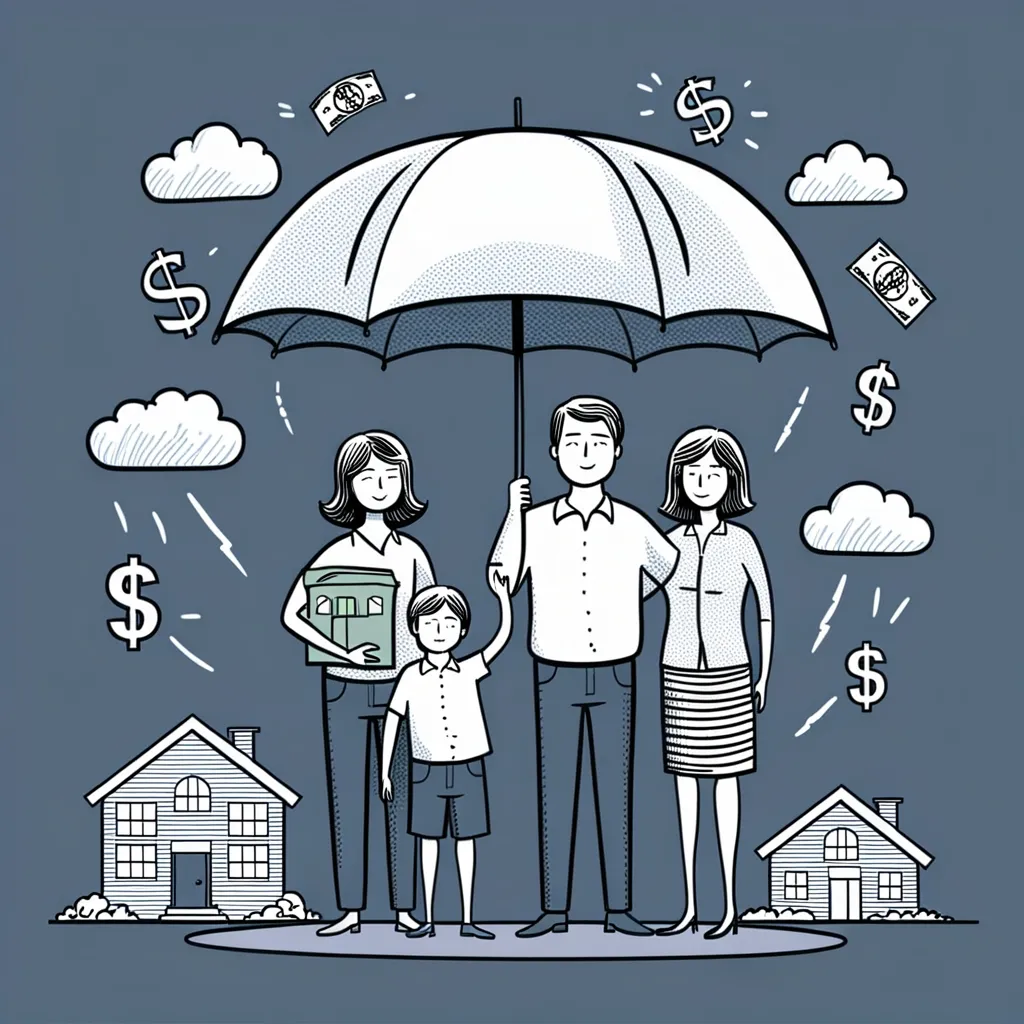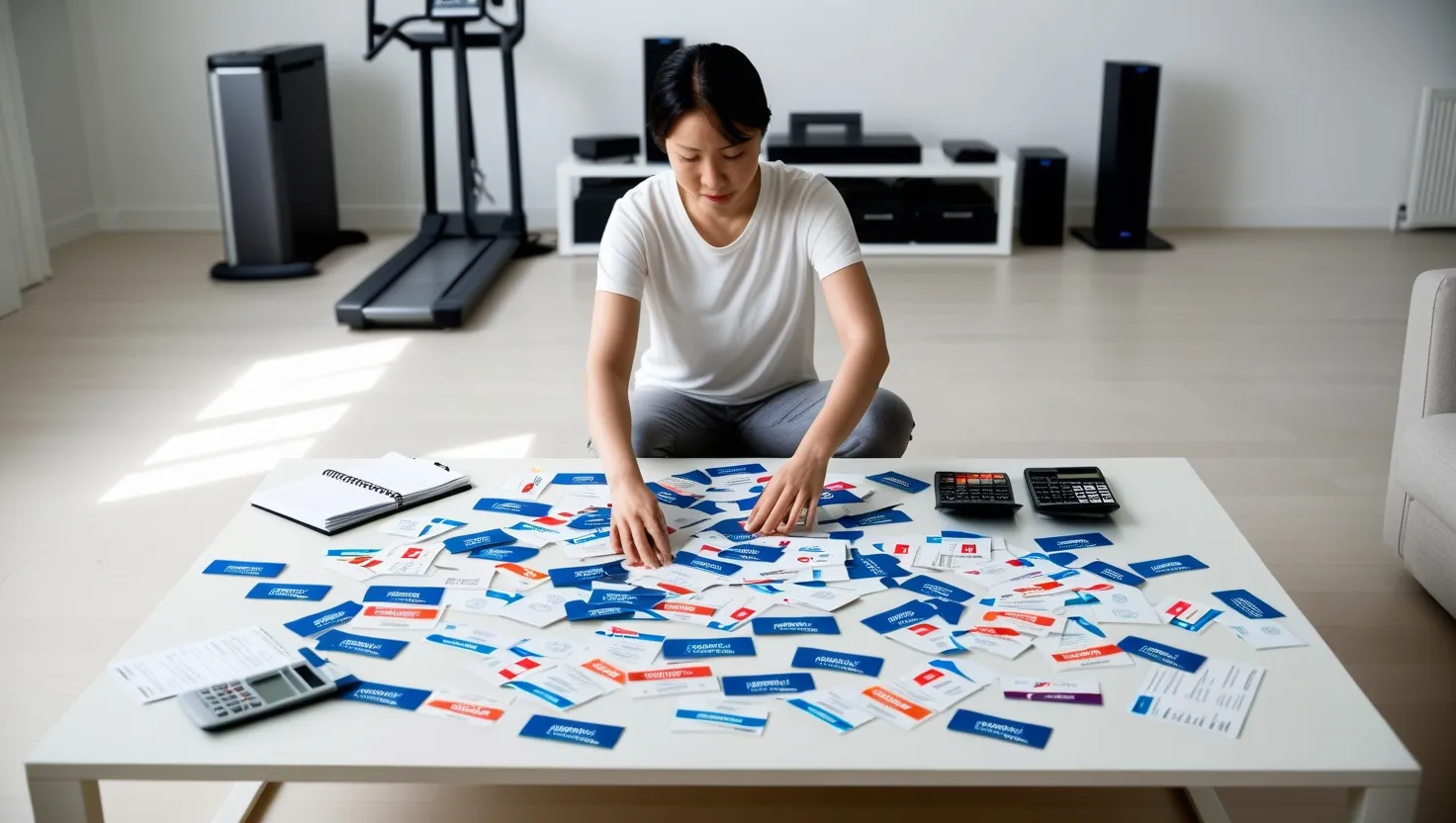When it comes to managing your finances, one of the most debated topics is whether high-yield savings accounts are really worth the hype. As someone who has delved into the world of personal finance, I decided to explore this question in depth.
What is a High-Yield Savings Account?
To start, let’s define what a high-yield savings account is. Essentially, it’s a type of savings account that offers a significantly higher annual percentage yield (APY) compared to your standard savings account. While traditional savings accounts might give you an APY of around 0.01% to 0.37%, high-yield savings accounts can offer rates between 4% and 5% or even higher.
How Do They Work?
Opening a high-yield savings account is relatively straightforward. You can usually do it online, and some banks might not even require an initial deposit. Once you’ve deposited your money, the bank pays you interest, which can compound daily, monthly, or annually, depending on the bank’s policy. For instance, if you deposit $1,000 into a standard savings account with a 0.17% APY, you’ll earn about $1.70 in a year. In contrast, a high-yield savings account with a 2% APY could earn you around $20.20 in the same period.
The Safety Net
One of the lesser-known but crucial aspects of high-yield savings accounts is their safety. These accounts are typically insured by the Federal Deposit Insurance Corporation (FDIC) or the National Credit Union Administration (NCUA), which means your money is protected up to $250,000 per depositor, per institution. This insurance is a significant comfort, especially in uncertain economic times.
Pros: Why You Might Love Them
Higher Interest Rates
The most obvious benefit is the higher interest rate. If you’re looking to save for short-term goals, such as a vacation, a down payment on a house, or even an emergency fund, a high-yield savings account can help your money grow faster without exposing it to significant risk.
Easy Access
Despite the higher interest rates, you still have relatively easy access to your money. You can transfer funds online, use mobile banking apps, or in some cases, access ATMs. This liquidity is a big plus, especially for emergency funds.
No Monthly Fees
Many high-yield savings accounts don’t charge monthly fees, which means you can maximize your savings without extra costs. This is particularly beneficial if you’re trying to build up your savings over time.
Separation from Spending
Having a separate savings account can help you avoid the temptation to spend money impulsively. By keeping your savings distinct from your checking account, you’re more likely to stick to your savings plan.
Cons: What to Watch Out For
Withdrawal Limits
One of the downsides is the potential for withdrawal limits. Some banks may restrict you to six withdrawals per month, and exceeding this limit could result in fees. This rule, although paused since 2020, is still enforced by some institutions to encourage saving.
Variable Interest Rates
Interest rates on high-yield savings accounts can fluctuate based on the federal funds rate set by the Federal Reserve. This means the APY you earn can change over time, which might affect your long-term savings plans.
Not Ideal for Long-Term Growth
While high-yield savings accounts are great for short-term goals, they may not provide the growth needed for long-term wealth-building. If you’re looking to build significant wealth over decades, you might need to consider other investment options like stocks or bonds.
Inflation Concerns
Another often-overlooked aspect is the impact of inflation. Even with higher interest rates, high-yield savings accounts may not outpace inflation, which could erode your purchasing power over time.
Real-Life Scenarios
Let’s consider a few real-life scenarios where a high-yield savings account could be incredibly beneficial:
Emergency Funds
Imagine you need to save three to six months’ worth of living expenses for unexpected emergencies. A high-yield savings account provides a safe and accessible place to store this money, earning you more interest than a traditional savings account.
Short-Term Goals
If you’re planning a big purchase, like a car or a vacation, a high-yield savings account can help you save up faster. For example, if you’re aiming to save $10,000 for a down payment on a house, the higher interest rate can make a noticeable difference over time.
Personal Experience
From my own experience, having a high-yield savings account has been a game-changer for my financial planning. I use it to keep my emergency fund separate from my everyday spending money, and the higher interest rate has helped me build up my savings more quickly than I would have with a traditional account.
Tips for Maximizing Benefits
To get the most out of a high-yield savings account, here are a few tips:
- Shop Around: Different banks offer varying APYs, so it’s worth shopping around to find the best rate.
- Understand the Terms: Make sure you understand any minimum balance requirements, withdrawal limits, and potential fees.
- Automate Your Savings: Set up automatic transfers from your checking account to your high-yield savings account to make saving easier and less prone to being neglected.
- Monitor Interest Rates: Keep an eye on changes in interest rates and be prepared to switch banks if a better offer becomes available.
Conclusion
High-yield savings accounts are not a one-size-fits-all solution, but they can be a valuable tool in your financial arsenal. They offer higher interest rates, safety, and easy access to your money, making them ideal for short-term savings goals and emergency funds. While they may not be the best choice for long-term wealth-building or outpacing inflation, they provide a stable and secure way to grow your savings over time.
In the end, whether a high-yield savings account is worth it for you depends on your individual financial goals and needs. By understanding the pros and cons and using them wisely, you can make the most of these accounts and take a significant step towards securing your financial future.






